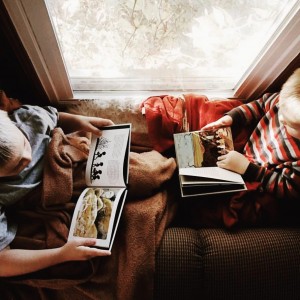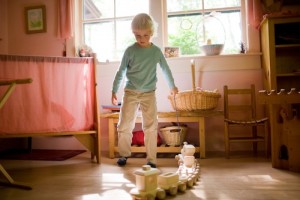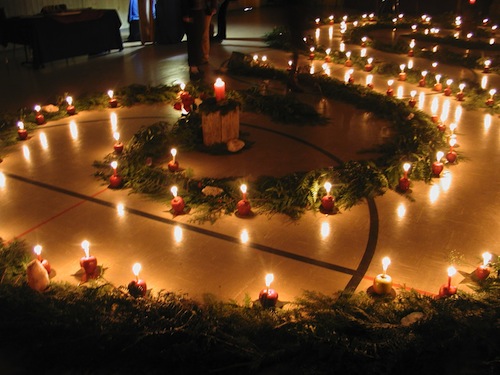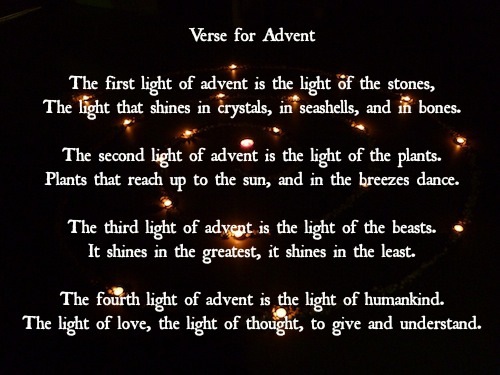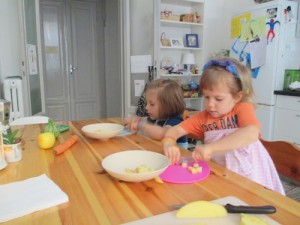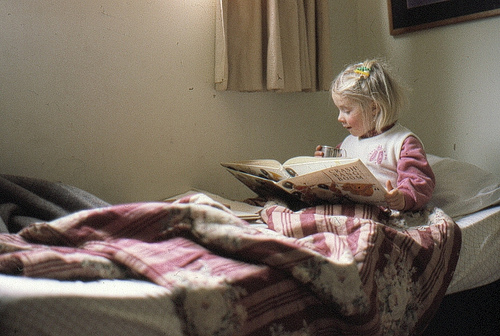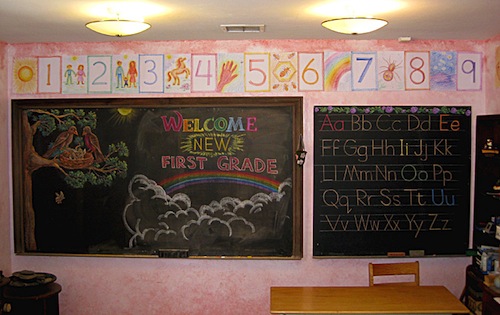Welcome back to Sunday with Sarah! It’s really nice to be with you again.
This has really become a highlight of my week — to just sit down, and connect with you, and share my thoughts.
It’s been a really busy week for me, and I bet it has been for you, too! It’s pretty hard to avoid this time of year, even if you don’t own a toy business. There are just so many events competing for our attention this time of year, it can become so stressful. With the commercialization of the holidays, it’s become just an orgy of buying and spending and parties and overeating.
I woke up this morning thinking about the word “holidays”, and what’s that’s come to suggest in this day and age, and remembering the root of the word: “holy days.” Holy days. So how do we find time, how do carve out time during this crazy time of year, to find what my friend Lynn Jericho calls “Inner Christmas?” (She’s got a great website I invite you to check out at InnerChristmas.com.)
And how do we do that with children? How do we help them connect with the true meaning of this season?
I was grateful this week to my dear friend, Marcia Kimpton, another Waldorf early childhood teacher, who sent me a list that her former assistant created. It’s a list of activities she does with her children during the Advent season — one that can be performed each day during the weeks leading up to Christmas.
That list included things like:
- Bake Cookies
- Make a Paper Window Star
- Make Cards
- Make something for a neighbor and deliver it
- Visit the Elderly
- Make a Wreath
I’m sure you get the idea, and I’m sure you can think of many great ideas to add to such a list.
And I had a further thought: As a family you could write down one activity on a card or piece of paper, then put them all in a jar or a basket, and let your children pick one activity from the basket each day. It might be in the morning, after your children open the door on the Advent calendar.
Choose one activity from the basket to perform that day. Not a big task, not an all-day thing, but an activity that will let you take time away from the busyness, do something fun together, something that may be for others, something that helps bring the joy back into the season.
I would like to leave you with a passage from one of my favorite books on Waldorf education. It’s called The Recovery of Man in Childhood by A.C. Harwood.
I was reading this week a chapter about celebrating festivals with children, and he writes:
“The festivals, which have survived from older times, have become commercialized orgies of spending, and present-giving, and eating, and drinking. The child needs more than this. Civilization needs more than this. If we nourish the soul of the child by providing a spiritual experience of the rhythm of the seasons, it is also feeding a starving world.”
So, I invite you to reflect on that, and I welcome your comments this week. What other activities can you suggest that you can perform as a family with children, — simple activities to bring meaning to this time of year? And what ways have you found of slowing down during this busy time and connecting with the true meaning of the season to find soul nourishment for yourself?
Let me know, let others know. I welcome hearing from you. Have a peaceful and meaningful week., and see you next Sunday!
Please visit Lynn Jericho’s website for inspiration in finding your own Inner Christmas.
What other activities with children can you suggest for a more meaningful holiday season?
What ways do you find to keep your inner light burning at this busy time of year?


